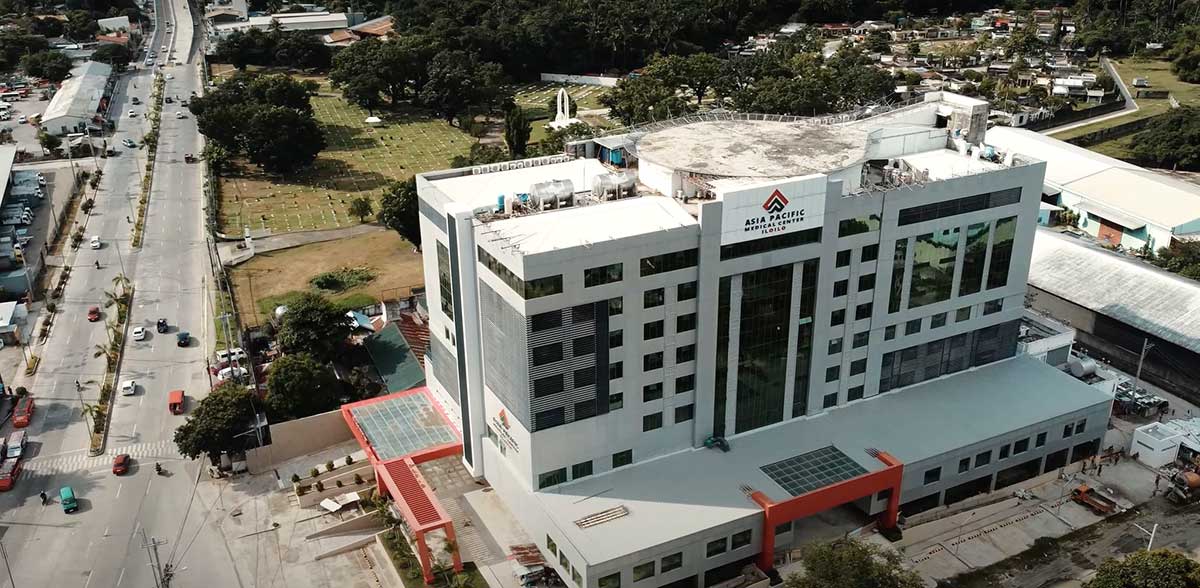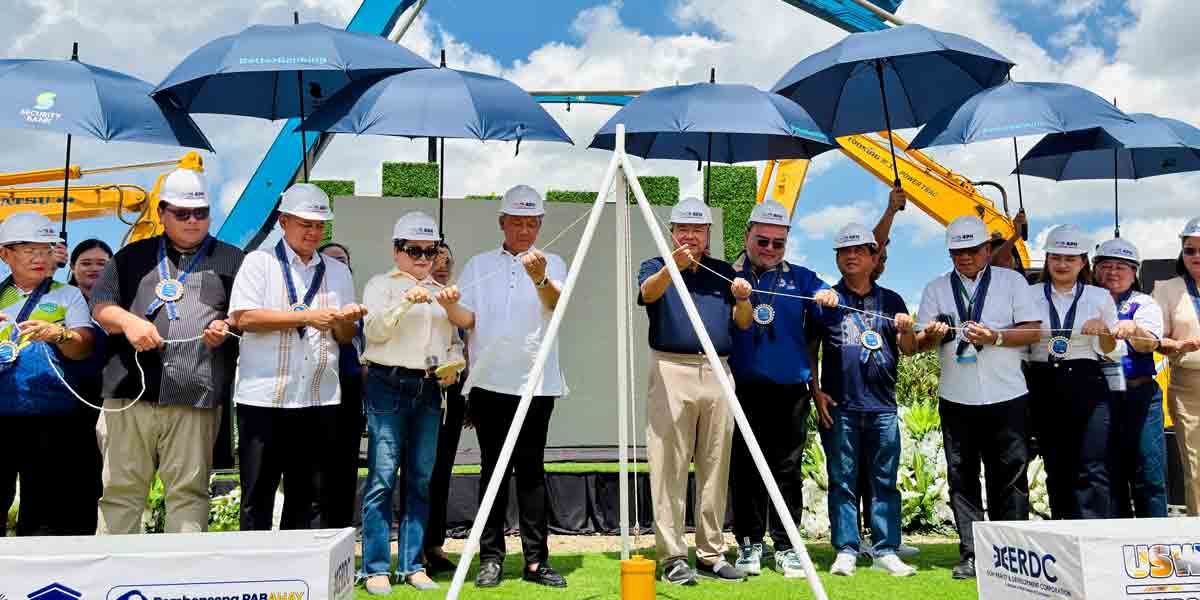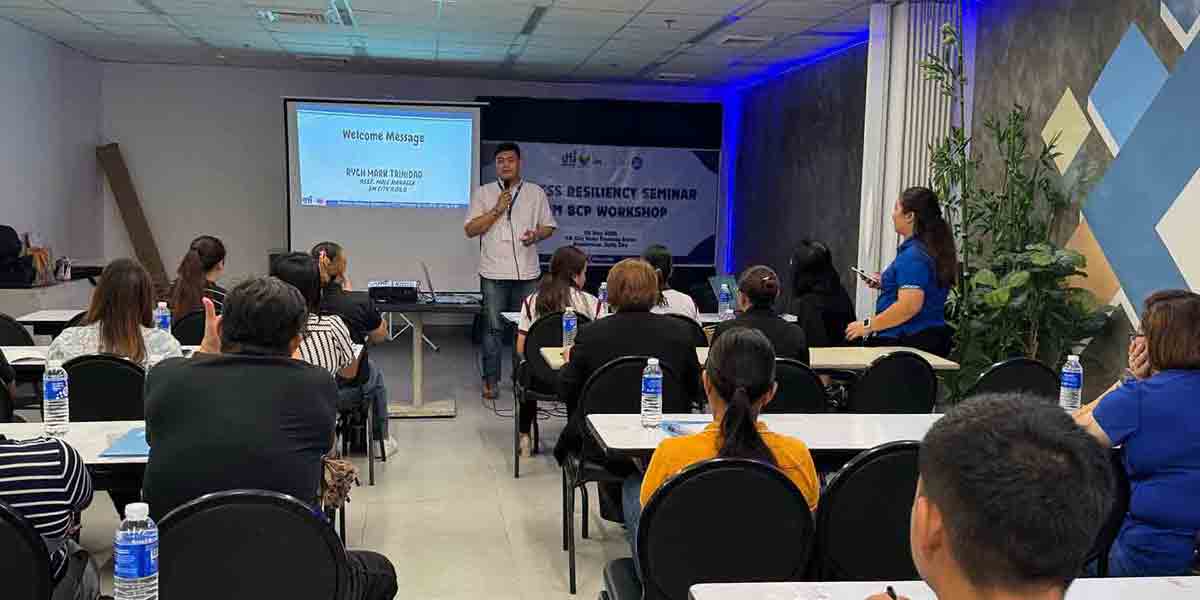
By Francis Allan Angelo
As urban zones and emerging economic regions seek new drivers for development, investments in healthcare infrastructure have exploded both in the public and private sectors.
Recent examples underscore the magnet effect of growth areas for medical facilities. At the forefront of this health revolution is the completion of the expansive Dialysis Center in Barangay San Isidro, Jaro which eased the burden of poor patients.
The opening of Uswag Molecular Laboratory in Barangay San Pedro, Molo is a positive development for serving the needs of people in Iloilo, locally known as Ilonggos. The lab being recognized as one of the Top 10 Best Performing Organizations with Exemplary Best Practices Award from the Philippines Department of Health (DOH) during the COVID-19 pandemic highlights a few key things:
-Importance of testing capacity: The ability to test widely and quickly for COVID-19 has been critical around the world in tracking and containing spread. The laboratory helped provide vital additional testing capacity in the Iloilo region at a critical time.
-Serving an unmet need: The DOH recognition indicates that the laboratory played an important role in addressing testing demand in Iloilo, suggesting there was an unmet need for COVID testing capacity previously. The lab helped fill this gap.
-Quality and reliability: For the DOH to recognize the lab as one of the top organizations and best practices nationally, it would have had to demonstrate quality testing performance, accuracy of results, and reliable capabilities. This is valuable for public trust.
-Potential future health security benefit: Now established, the lab’s testing expertise could provide ongoing benefits for detecting emerging health threats in Iloilo. Quality labs build critical public health infrastructure.
Further bolstering the city’s healthcare reputation, the City Government has successfully achieved accreditation from the Philippine Health Insurance Corp. (PhilHealth) for all five district health centers. This not only elevates the quality of healthcare but also serves as a beacon for public health assurance.
Meanwhile, the Mega Health Center in the Arevalo district is set to be constructed with assistance from the DOH.
Additionally, the city’s dream hospital, the five-story Level 2 Iloilo City Hospital and the Medical Arts Building (MAB) is currently under construction in Barangay San Pedro and is poised to provide comprehensive medical services to the Ilonggos once completed.
While its official address is in Jaro, Iloilo City, Asia Pacific Medical Center (APMC) hospital in Ungka has made an impact on Pavia as the town now has access to world-class medical facilities and services.
Pavia needs APMC as it is now an emerging investment area for retail and BPO sectors.
APMC also boosted Iloilo’s health sector along with Iloilo Doctors’ Hospital, St. Paul’s Hospital Iloilo, The Medical City Iloilo, QualiMed Hospital Iloilo, and Iloilo Mission Hospital. These centers provide a gamut of medical services from general medical care to specialties like surgery, obstetrics and gynecology, pediatrics, cardiology, gastroenterology, surgery, and more.
Rather than chance, experts cite strategic targeting of Iloilo City and regions like it for healthcare dollars. The fundamental ingredients for continued expansion—a stable workforce, land access, supportive policy, and more—are already in place in rapidly growing areas. These factors have brought over $100 billion into medical tourism centers like India’s Chennai just in the past few years (McKinsey, 2020).
Emerging zone economies also benefit tremendously from new healthcare facilities, which provide construction jobs, attract associated industries, drive innovation, and anchor long-term development.
For businesses, the appeal is simple: healthy workforces operating in an area primed for commercial growth.
Global authorities have taken notice of the heat-seeking nature of medical infrastructure investments.
The World Health Organization (WHO) reported a 0.3% GDP uptick for every 1% increase in healthcare spending (WHO, 2019). Accordingly, the Philippines and other nations now prioritize health investments to capture such benefits.
As other zones look to copy this script for economic advancement, massive public and private healthcare dollars are likely to pour into diverse global growth areas for the foreseeable future. (With reports from Philippine News Agency, World Health Organization, and McKinsey & Company)





















